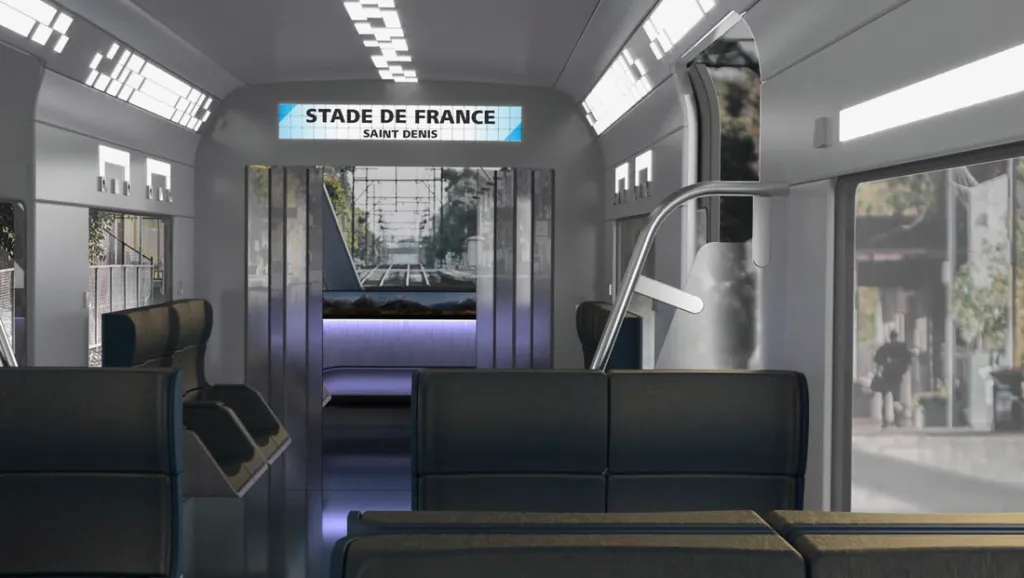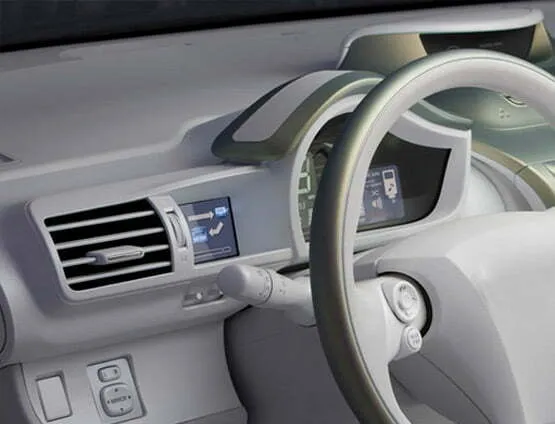More lightweight composite materials to design railway of the future

AIMPLAS successfully participated in the recently completed European MAT4RAIL project, which involved developing new materials and components to design the railway of the future. The aims of the project included reducing the weight of railway vehicles by replacing metal structural components with lighter ones made of composite materials and increasing vehicle capacity and passenger comfort through the use of smart modular interior design. The project began in 2017 and was coordinated by CIDETEC.
AIMPLAS’ role was to develop new hybrid resin formulations with improved resistance to flame propagation to be applied in fibre-reinforced polymers. Results are promising and the new formulations are expected to be of use in other sectors such as construction, the automotive industry and aeronautics.
Furthermore, the properties of these new materials were evaluated in structural parts in order to replace metal components. To this end, collaborative work was done to improve specific regulations on calculating fatigue requirements for trams. The work involved participating in processes to standardize the design and calculation of trams by means of sensor monitoring. Joins between dissimilar materials (composites and metals) were evaluated with the aim of improving them.
The project also involved modifying the design of cabins and seats to create the cabin of the future by incorporating new technologies and communication systems. The goal was to increase safety, detect the presence of extraneous objects on the tracks and improve vehicle intercommunication. Modular carriages were also developed to enable a range of configurations thanks to multifunctional panels with different connections for devices.
Moreover, the new seating design will accommodate more passengers with greater comfort while offering more seating arrangement options.

Implementation of this project is expected to improve railway infrastructure in terms of costs, operations, reliability, punctuality, increased capacity and energy efficiency, and reduced life cycle costs.
Partners and funding
AIMPLAS plus fifteen other research centres, SMEs, major companies and one university from seven different European countries took part in the MAT4RAIL project, namely: INSTITUTO TECNOLÓGICO DE ARAGÓN and AIMPLAS-PLASTICS TECHNOLOGY CENTRE (Spain); UNIVERSITAET BREMEN, IMA MATERIALFORSCHUNG UND ANWENDUNGSTECHNIK GMBH, NVGTR GBR and GRAMMER RAILWAY INTERIOR GMBH (Germany); CENTRE SCIENTIFIQUE & TECHNIQUE DE L’INDUSTRIE TEXTILE BELGE and COEXPAIR SA (Belgium); HUNTSMAN ADVANCED MATERIALS (Switzerland) GMBH, ESCATEC SWITZERLAND AG and ACCELOPMENT AG (Switzerland); RISE RESEARCH INSTITUTES OF SWEDEN AB (Sweden); ASAS ALUMINYUM SANAYI VE TICARET ANONIM SIRKETI (Turkey); and SPIRIT DESIGN – INNOVATION AND BRAND GMBH and INDAT MODELLBAU WERKZEUGBAU FORMENBAU GMBH (Austria).
The MAT4RAIL project was funded by the Shift2Rail Joint Undertaking (S2R JU), a public-private partnership in the rail sector established under the European Union Research and Innovation programme Horizon 2020, grant agreement number 777595.


